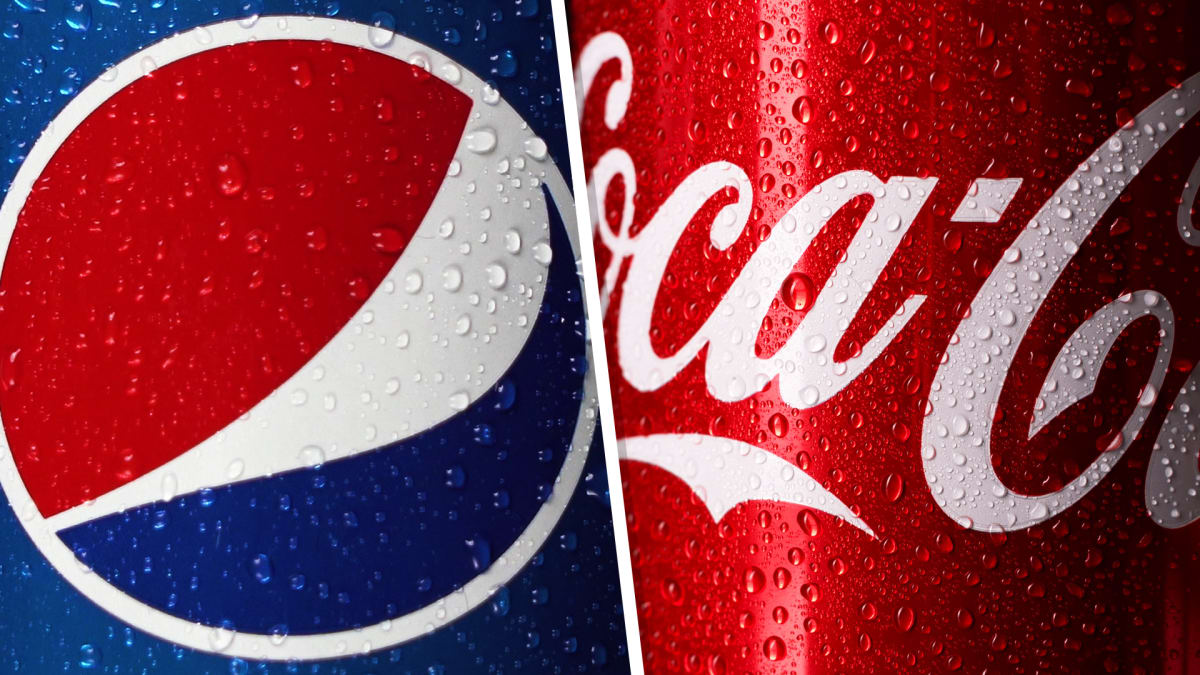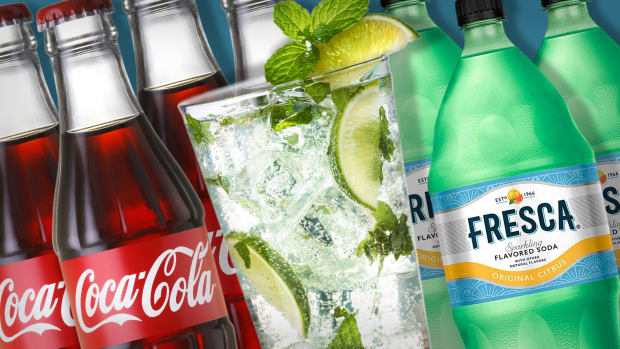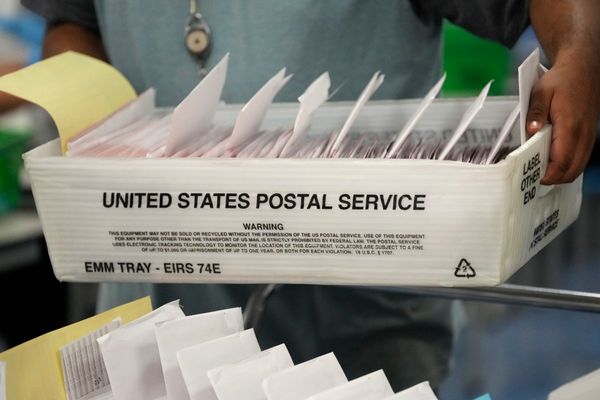
Buying food in bulk is almost always cheaper than running out to get an individual portion at the last minute. That's why a 24-can package of Coke currently costs $13.18 at Walmart (WMT) but one pays $2, $3 or sometimes even $5 a can in a restaurant, cafe or urban deli.
While charging more for convenience and small packaging is a core principle of any food business, there are laws that prevent companies from offering better rates to retailers that have higher turnaround and can therefore sell more product. In the U.S., there is a little-known and rarely-enforced law called the Robinson-Patman Act that was enacted in 1936.
How Much Are You Paying for That Coke or Pepsi Drink?
As first reported by Politico, the U.S. Federal Trade Commission (FTC) has preliminarily set its sights on both Coca-Cola (KO) and Pepsi (PEP). According to four people who are familiar with the investigation, the governmental agency has started reaching out to big-box retailers like Walmart to check how much they pay to stock the competing soft drink companies' products in their shelves and warehouses.
It will then, reportedly, compare the prices offered to smaller chains and individual retailers.
The preliminary investigation has not been officially announced by the FTC and so could either fizzle out into nothing or lead to more stringent enforcement over how Coca-Cola and Pepsi distribute their products.
"The Coca-Cola Company is committed to fair and lawful competition in the marketplace," the company said in a statement provided to Politico. "Any assertion that the Company has done anything unlawful with respect to the sale and distribution of its products is unfounded and we are prepared to defend any specific accusations accordingly."
While enforcing the Robinson-Patman Act would primarily affect the retailers and distributors, consumers could inadvertently because offering different rates would inadvertently alter what kind of prices both big-box chains and smaller stores set.
Critics of more stringent enforcement of the act such as former FTC general counsel Alden Abbot told Politico that it would hurt "the lowest income consumer" because big-box chains would raise prices while lower-income shoppers are more likely to buy there in bulk.

TheStreet
Shopping for Foods Has Not Been Easy Lately
Food prices are, in January 2023, a particularly touchy topic for consumers across many different income levels. Between November 2021 and 2022, the cost of food rose by 10.6%. This is an average between an 8.5% increase for eating out and a 12% jump in the cost of groceries bought for eating at home.
While this is actually a slight drop from some of the more dramatic increases seen in previous months, months of food inflation have significantly shaken consumers and altered how many families shop and consume food. In the summer, insurance company Breeze found that 73% of American households cut back on restaurants and takeout to outpace inflation while 57% bought fewer or cheaper kinds of groceries.
Attracting customers who might have otherwise eaten at more expensive places, the fast-food industry is one segment of the industry not to suffer from inflation and on the contrary saw higher numbers of shoppers.
Numbers from retail traffic research platform Placer.ai show that while overall restaurant visits fell 7.6% in July and 13.7% last August, McDonald's (MCD) and Chipotle (CMG) traffic rose by a respective 4.7% and 3.1%.







